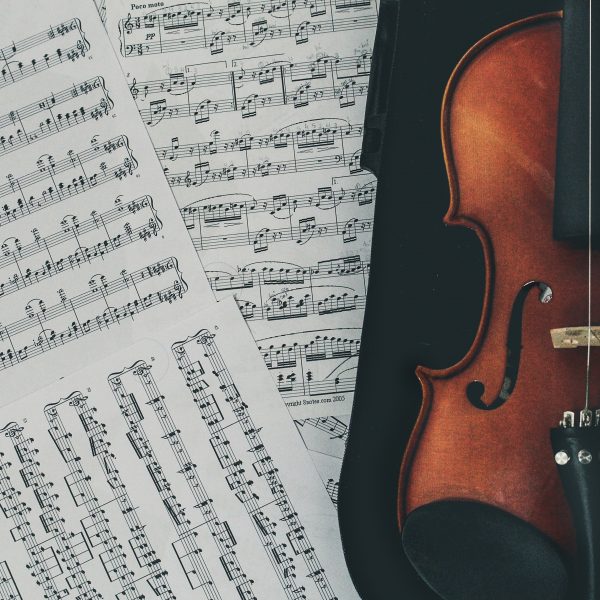Sparking curiosity early: Simple experiments making science accessible for young learners

As National Science Week unfolds, educators across Australia are highlighting the power of hands-on experiences to spark a lifelong love of science, technology, engineering and mathematics (STEM).
Recent data from the National Assessment Program, Science Literacy (NAP–SL) has identified the urgency of this mission. Just 57 per cent of Year 6 students nationally reached the science proficiency standard, with results dropping to 23 per cent for Aboriginal and Torres Strait Islander students. The figures point to a clear need for engaging, inclusive approaches to science education from the earliest years.
For Miss Maria, an early childhood educator from My Best Me My Best Me Early Learning Academy in New South Wales, making science fun and approachable is second nature. Over her 13 years working with children aged 0–5, she has built a reputation for turning everyday items into tools for exploration.

Her passion for teaching was inspired by her younger sister, who was diagnosed with autism.
“We took it upon ourselves as a family to ensure she had everything she needed to thrive,” Miss Maria recalls. “I was at such a wonderful age where I could see my sister learn something new each day. The moments when I saw ‘the click’ when she figured something out, filled me with a drive to do this for others.”
Miss Maria says STEM is an area where many educators can feel hesitant, but the tide is turning.
“I love that STEM is making a comeback. I’ve seen many early learning centres integrate fabulous STEM programs successfully. My Best Me places great importance on these skills, and science is such a great way for children to connect with themselves and the environment around them.”

One of the biggest misconceptions, she says, is cost.
“STEM looks scary and expensive, but it’s totally the opposite. We use items that can be found at home ear buds, bottle tops, recyclable materials along with nontoxic substances like vinegar and bicarb soda. We also find affordable tools online, like measuring sets and animal x-rays, which we’ve used for bug investigations.”
This National Science Week, My Best Me will be hosting a series of classroom experiments designed to inspire curiosity and creativity. Miss Maria is also encouraging families to try science together at home.
Three easy experiments to try with children:
- Volcano in a cup – Combine vinegar, food colouring, and bicarb soda in a cup to create a foamy eruption.
- Floating egg – Show how adding salt to water changes buoyancy, making an egg float.
- Bug investigation – Use magnifying glasses or printed animal x-rays to learn about insect anatomy.
By demystifying science and making it fun, Miss Maria hopes to help bridge the gap in science literacy and give every child the confidence to explore the world with curiosity.
“Science is about asking questions, testing ideas, and learning from what happens, skills that help children not just in the classroom, but in life.”
Popular

Workforce
Quality
Practice
Provider
Research
How one teacher is using Little J & Big Cuz to build empathy, understanding and confidence in First Nations learning
2025-12-08 07:15:19
by Fiona Alston

Policy
Practice
Quality
Research
A new path forward: Australia’s First Nations Education Policy emerges to reshape learning for First Nations children
2025-12-08 08:00:28
by Fiona Alston

Workforce
Policy
Research
Practice
Provider
Quality
Child safeguarding failures in Queensland: Key findings and reform directions from the 2025 systemic review
2025-12-09 07:00:56
by Fiona Alston
















